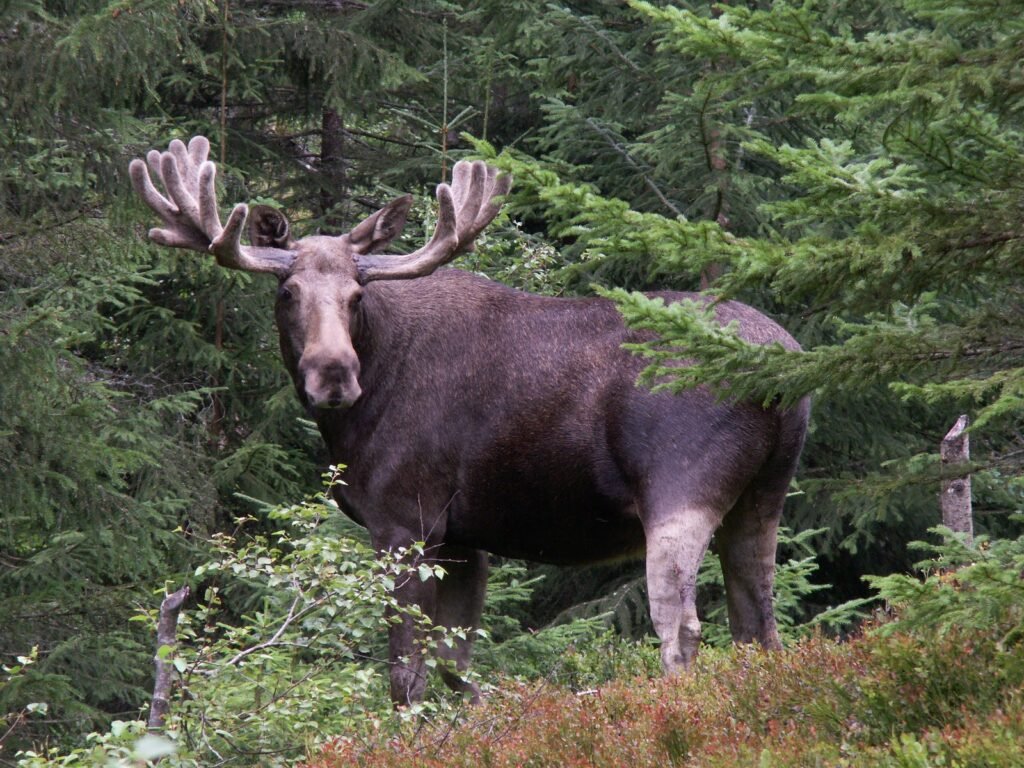Picture this: beneath Auckland’s bustling streets and leafy suburbs, a network of ancient giants lies in wait. These aren’t monsters from myth or legend—they’re volcanoes. Fifty of them, to be precise, each with its own story of fire, chaos, and rebirth. Most people never think about it as they sip coffee or catch a ferry across the harbour, but Auckland is a city perched atop one of the world’s most unique volcanic landscapes. This is a place where the ground you walk on could, one day, awaken in a spectacular display of nature’s raw power. Exploring Auckland’s volcanic heart is like peeling back the layers of a living, breathing time capsule—one that’s still very much alive.
The Volcanic Field Beneath the City
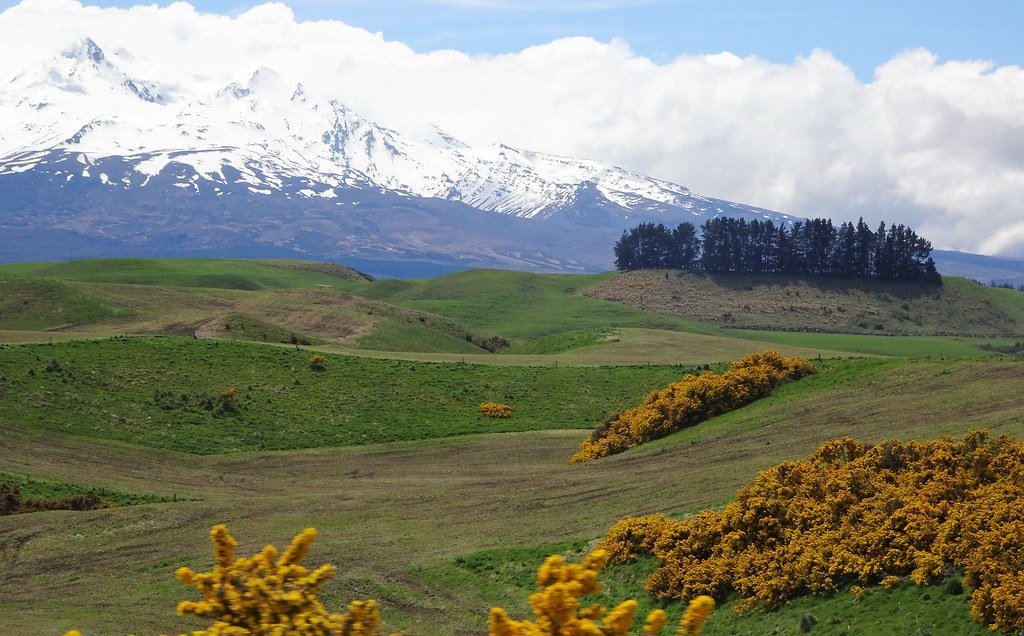
Auckland sits directly above the Auckland Volcanic Field, a geological marvel stretching over 360 square kilometres. Unlike many volcanic regions that have one large central volcano, Auckland’s field is made up of around 50 separate volcanic cones and craters. Each of these formed independently in eruptions over the past 200,000 years, with the most recent eruption just 600 years ago. The field is considered monogenetic, meaning each volcano erupts only once before going extinct. This makes the landscape a patchwork of different ages, shapes, and sizes—a natural museum of volcanic activity. Geologists are fascinated by this unusual setup, as it tells a story of sporadic, unpredictable eruptions that have shaped every corner of the city.
Maungawhau / Mount Eden: Auckland’s Highest Natural Point
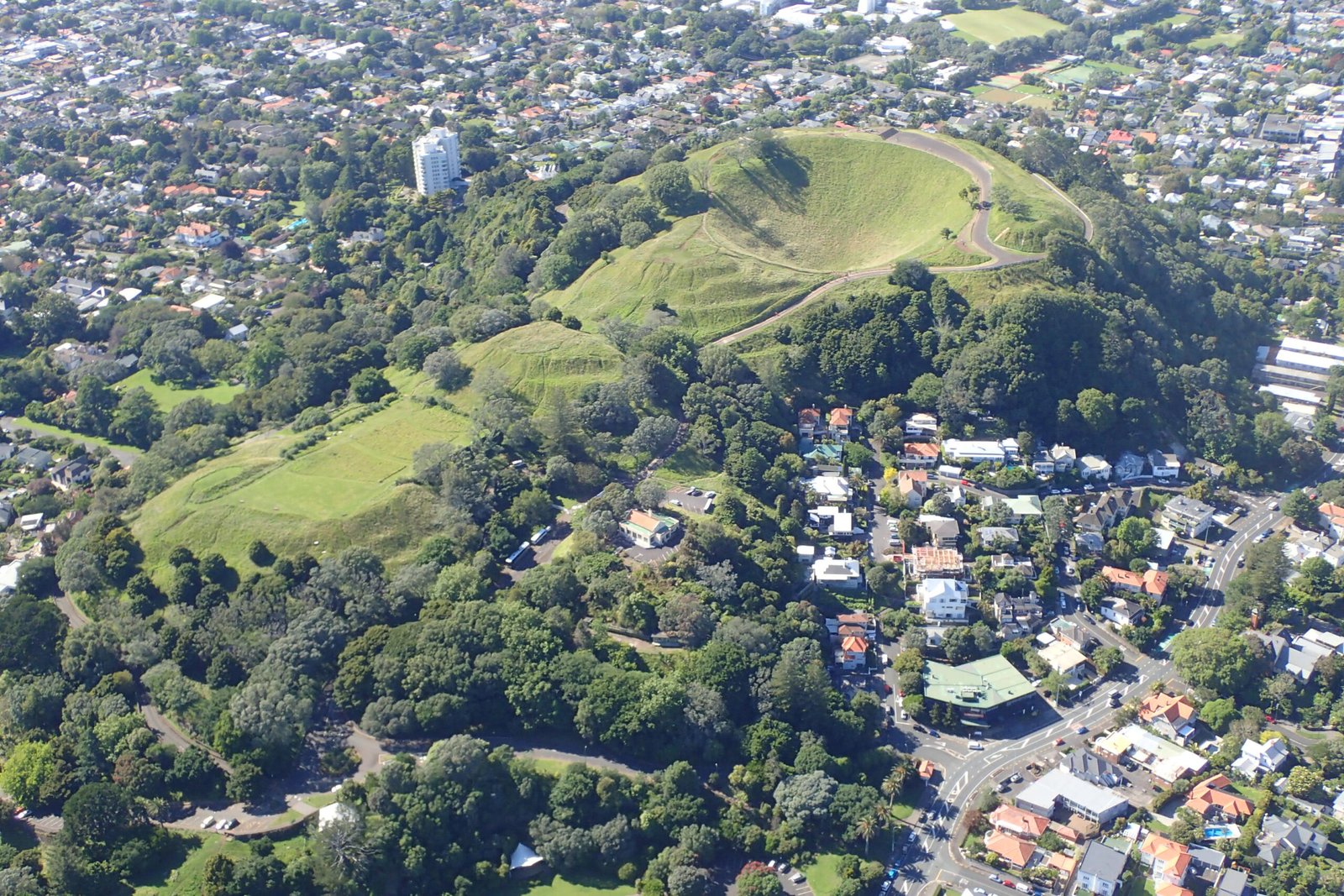
Maungawhau, also known as Mount Eden, stands as Auckland’s highest volcano, rising 196 metres above sea level. Its distinctive bowl-shaped crater is about 50 metres deep, carved out by explosive forces thousands of years ago. If you stand on its summit, you get a panoramic view that stretches from the Waitematā Harbour to the distant hills. The volcano’s slopes are covered in lush grass, hiding the scars of its fiery past. For Māori, Maungawhau holds deep cultural and spiritual significance, its name meaning “mountain of the whau tree.” Today, it’s a beloved spot for joggers, tourists, and locals alike, a reminder that nature’s might can also be breathtakingly beautiful.
Rangitoto Island: The Newest Giant
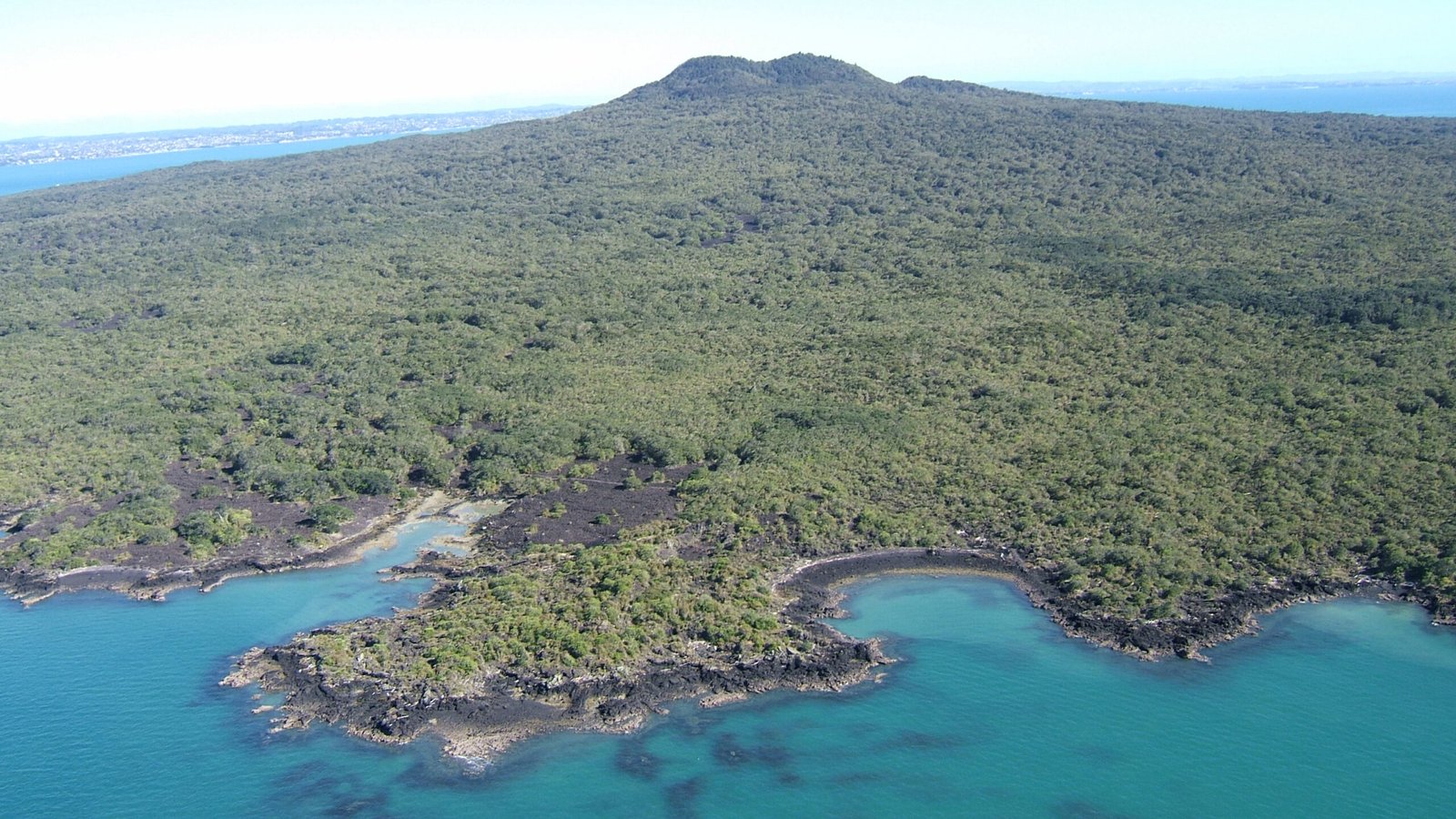
Rangitoto Island is Auckland’s youngest and most iconic volcano, rising dramatically from the waters of the Hauraki Gulf. Only about 600 years old, Rangitoto is the result of a series of eruptions that created a perfectly symmetrical cone. Its black basalt lava fields are dotted with vibrant pōhutukawa trees, which burst into scarlet bloom each summer. You can hike to the summit for sweeping views, clamber through ancient lava caves, or marvel at the island’s unique ecosystem. Rangitoto’s youthfulness means its landscape is still raw and rugged, a living laboratory for ecological succession and volcanic recovery.
Ōwairaka / Mount Albert: A Crater in the Suburbs
Nestled in the heart of suburban Auckland, Ōwairaka—also called Mount Albert—is a gentle giant with a wide, grassy crater. Its eruption crafted a classic tuff ring, a type of volcanic feature formed when magma meets water, creating violent steam explosions. Today, the crater hosts sports fields and playgrounds, its ancient rim lined with trees. It’s hard to imagine that beneath the peaceful parklands, volcanic forces once reshaped the land in a matter of hours. For many locals, Ōwairaka is a daily backdrop—proof that Auckland’s volcanoes are woven seamlessly into everyday life.
Maungakiekie / One Tree Hill: A Symbolic Peak
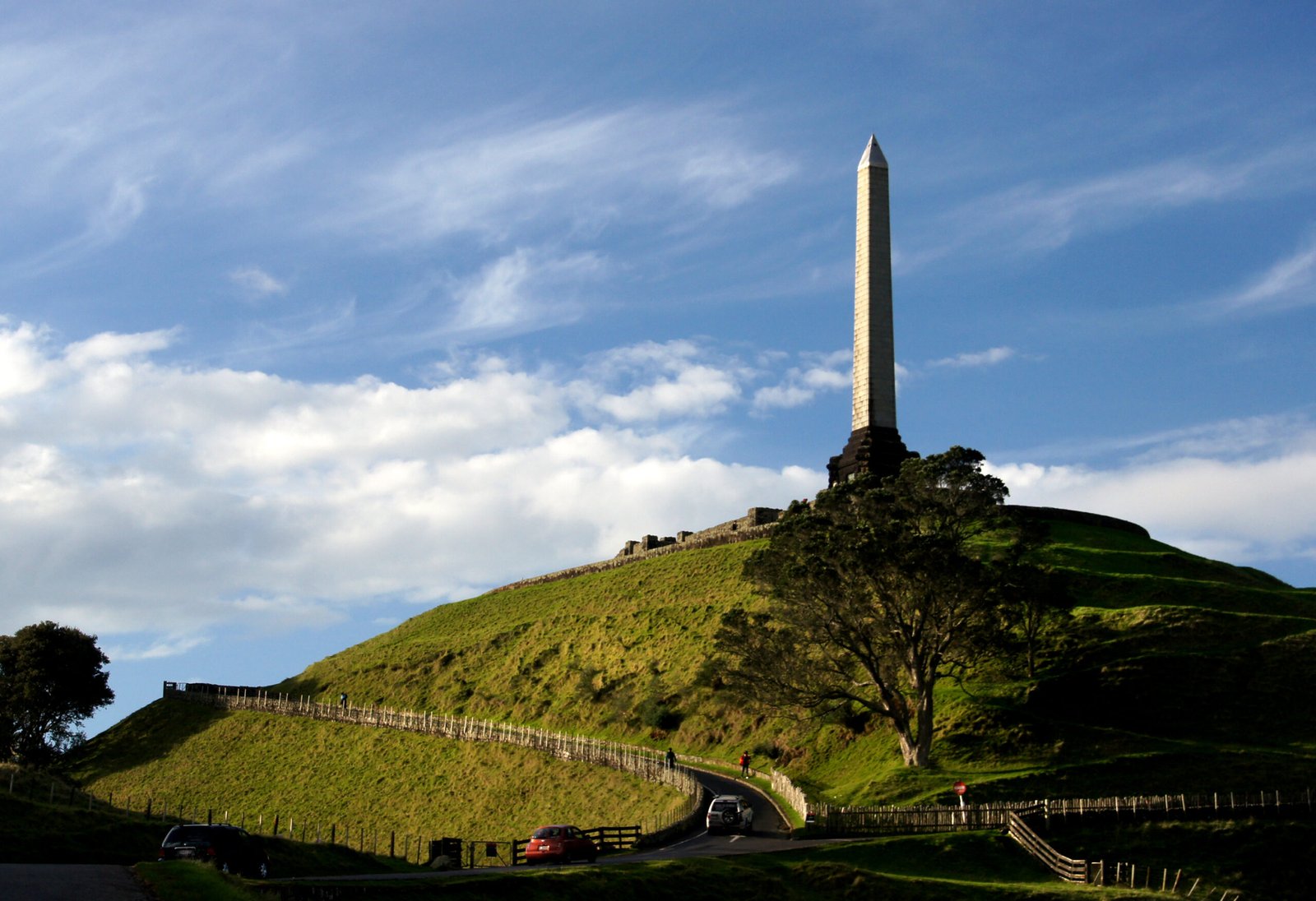
Maungakiekie, or One Tree Hill, is one of Auckland’s most significant volcanic cones, both geologically and culturally. Rising 182 metres, its slopes have been shaped by centuries of Māori and European settlement. The summit was once crowned with a single pōhutukawa tree, a symbol that gave the hill its English name. Its broad crater and radiating ridges reveal the explosive power of its eruption. Today, Maungakiekie is a place of remembrance, with an obelisk commemorating Māori heritage. Walking its grassy trails, you can almost feel the ancient energy that shaped the city’s story.
Maungarei / Mount Wellington: A Volcanic Fortress
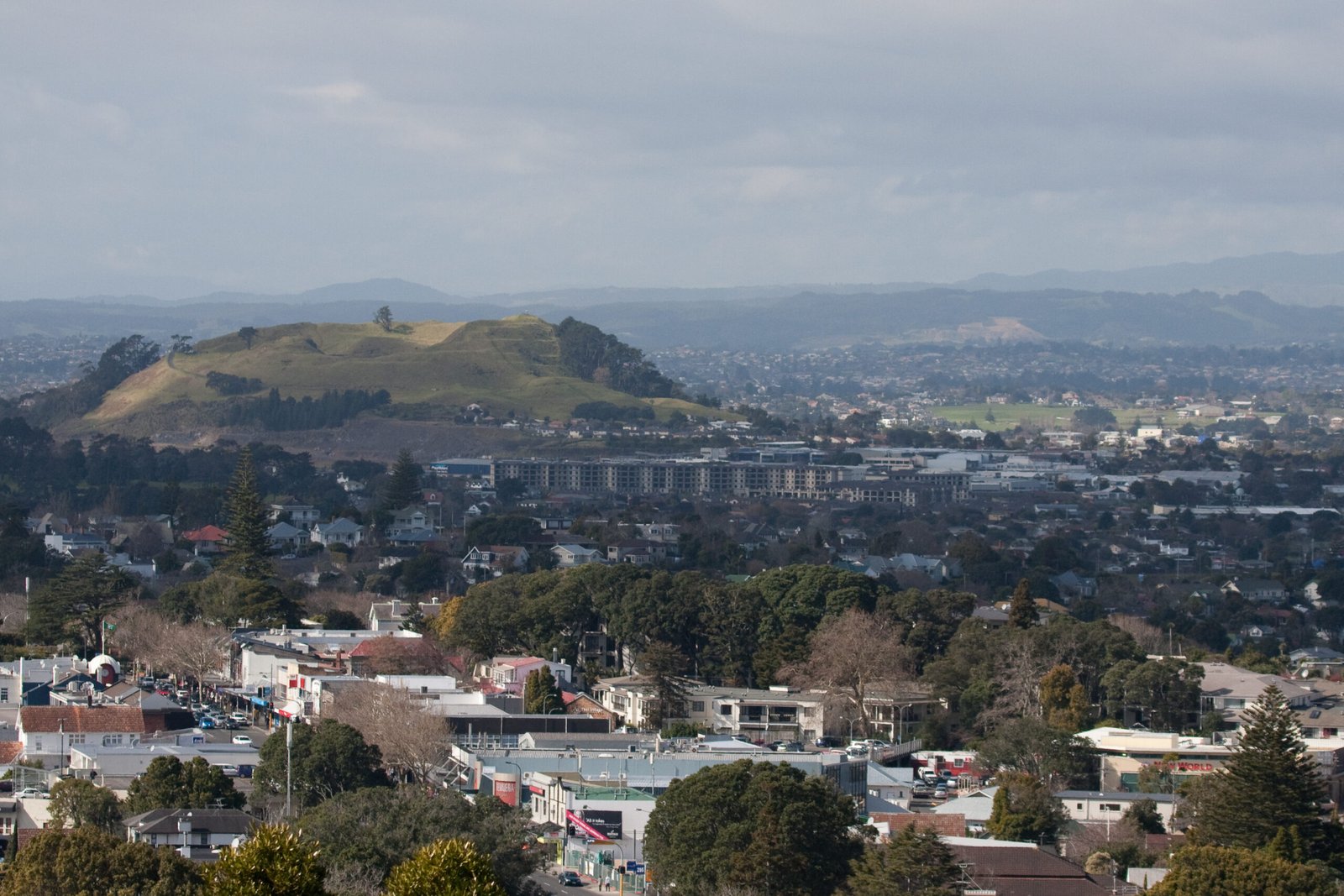
Maungarei, or Mount Wellington, stands as one of the city’s larger volcanic cones, with steep sides and a deep central crater. Its eruption sent lava flows racing toward the sea, creating the Otahuhu lowlands. For centuries, Māori used the summit as a fortified pā (village), taking advantage of its commanding views and natural defences. Even today, the outlines of ancient terracing can be seen on its slopes. The volcano’s rugged beauty contrasts with the industrial suburbs that have grown up around it, a silent sentinel watching over the city.
Tuff Rings and Explosion Craters: Nature’s Sculptors
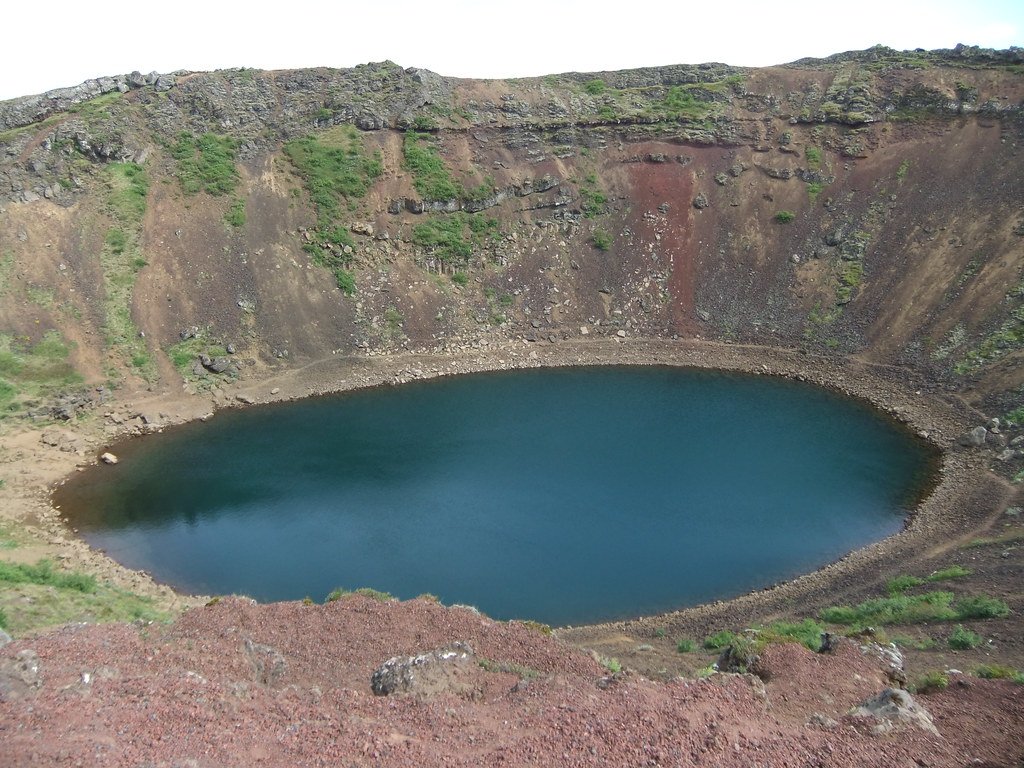
Many of Auckland’s volcanoes are not towering cones, but flat, broad craters known as tuff rings. These form when rising magma meets groundwater, causing steam explosions that blast out shallow, circular depressions. Examples include Lake Pupuke and Orākei Basin—now tranquil lakes nestled in leafy neighbourhoods. Tuff rings are often mistaken for ordinary ponds or parks, but their origins are anything but ordinary. They’re reminders of the volatile meeting of fire and water that defines Auckland’s geological past.
Lava Flows and Urban Foundations
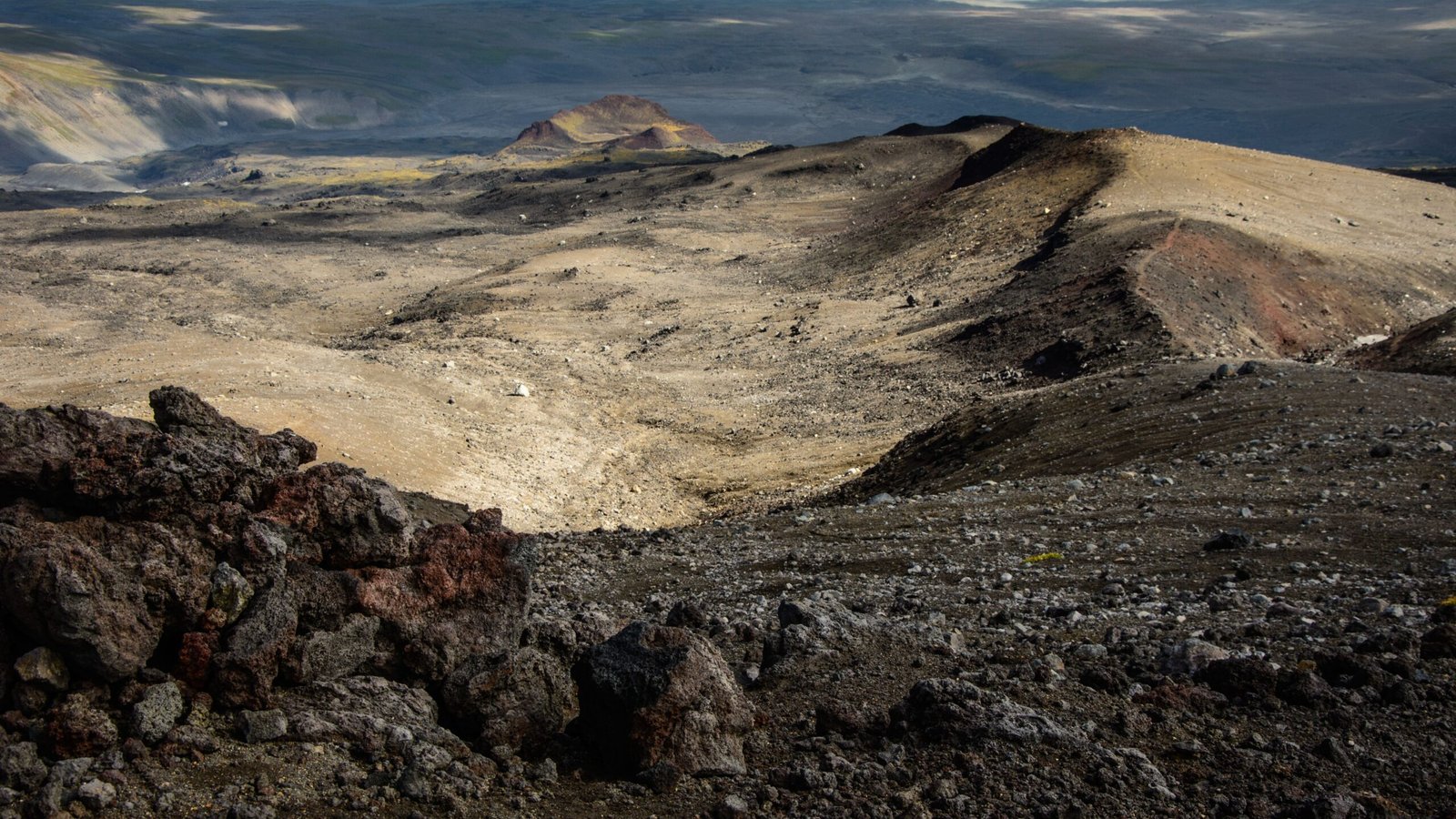
When Auckland’s volcanoes erupted, rivers of molten rock poured across the land, shaping the city’s foundations. Ancient lava flows are now hidden beneath roads, houses, and gardens, but their impact is everywhere. Some of Auckland’s busiest streets follow the paths of old lava rivers. In places like Meola Reef, you can see jagged black rocks jutting into the sea—remnants of a flow that cooled and solidified thousands of years ago. These volcanic rocks have provided building material and shaped the contours of the city, making Auckland’s landscape both beautiful and unpredictable.
Lake Pupuke: A Volcanic Mirror
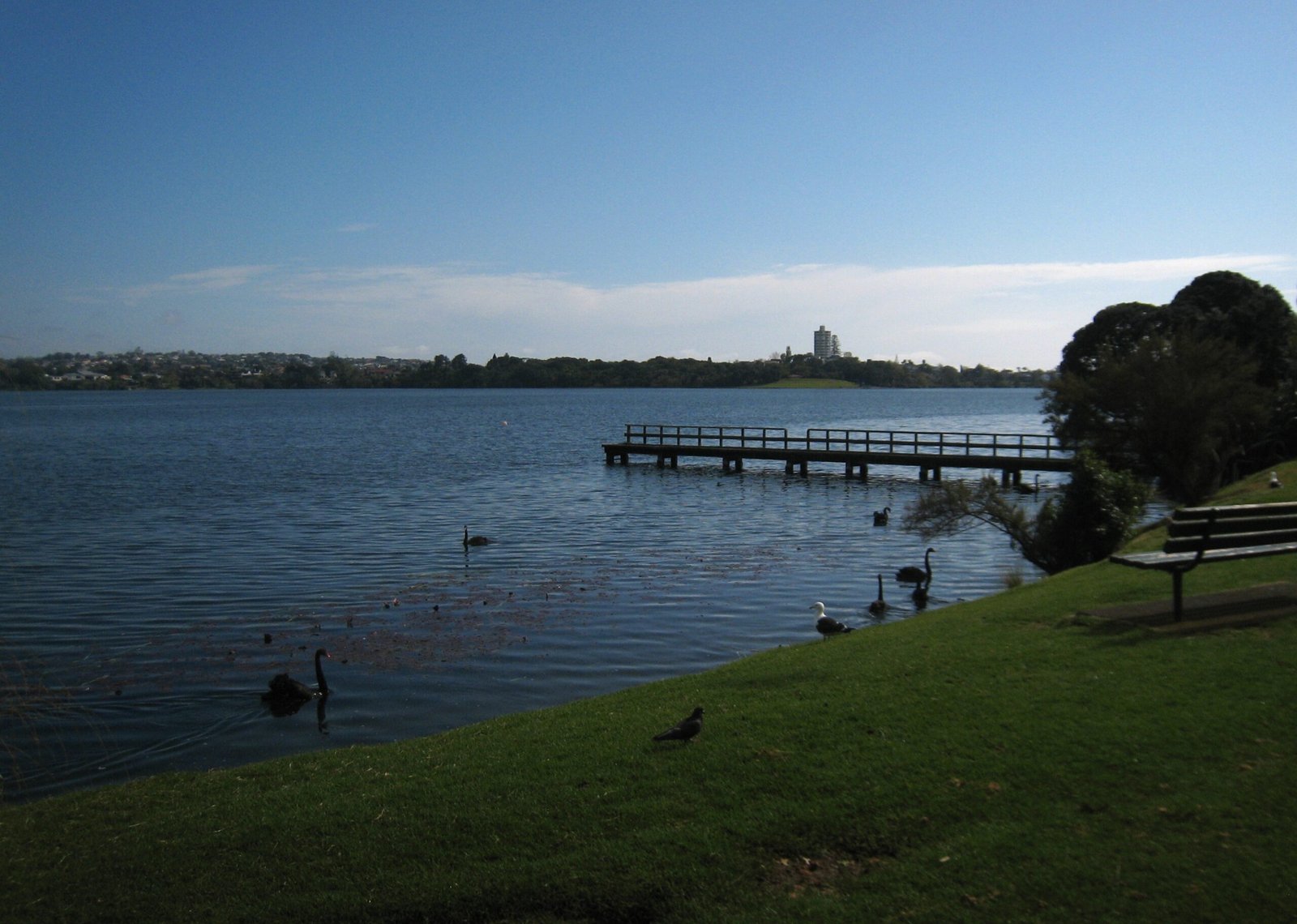
Lake Pupuke, in the suburb of Takapuna, is a sparkling freshwater lake filling the crater of a long-extinct volcano. Unlike most of Auckland’s cones, Lake Pupuke’s eruption was a violent explosion that left a deep, water-filled caldera. Today, the lake is a haven for rowers, kayakers, and birdlife. Its clear waters reflect the sky, hiding the tumultuous origins beneath the surface. The lake’s serenity is a striking contrast to the chaos that once created it.
Human History and Volcanic Resources
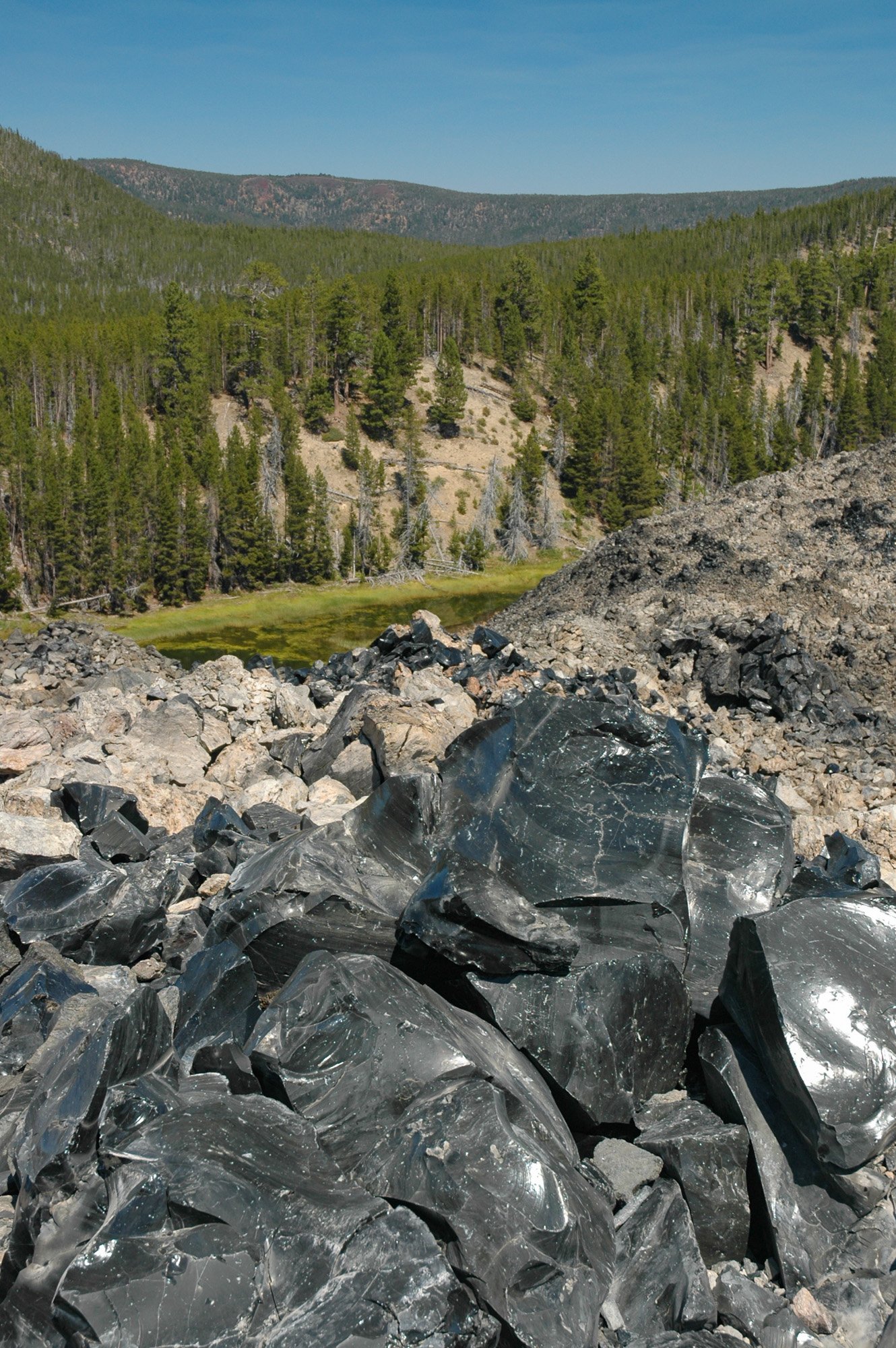
Auckland’s volcanoes have always been more than just geological wonders—they’ve played a central role in human history. Māori recognised the strategic value of volcanic cones, using them as fortified pā and for cultivating crops in the rich volcanic soil. The rocks quarried from the cones built walls, roads, and early buildings. Even today, the city’s parks follow the outlines of ancient craters, and street names echo the volcanic past. The connection between people and volcanoes runs deep, shaping Auckland’s identity at every turn.
Volcanoes and Māori Mythology
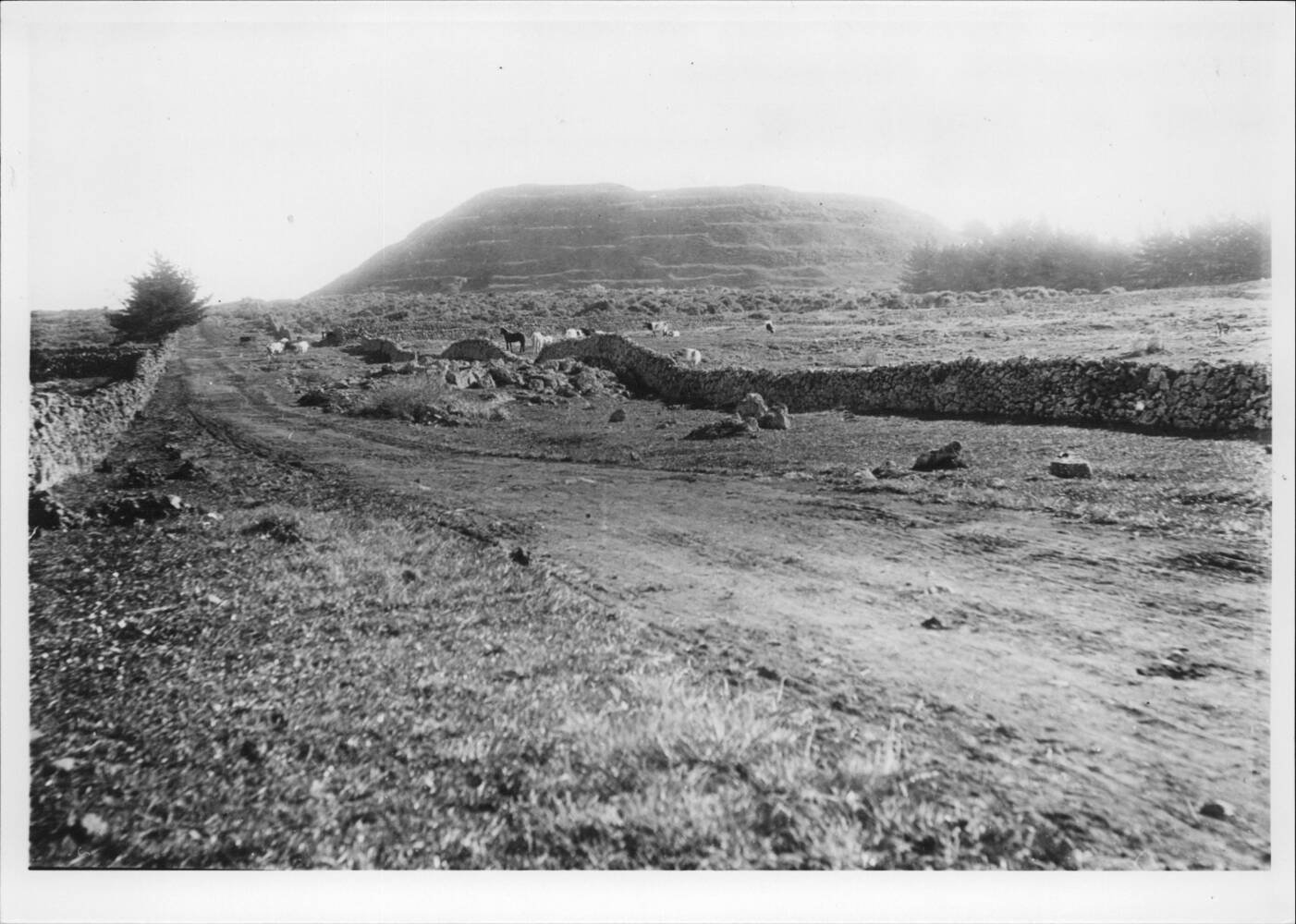
For Māori, Auckland’s volcanoes are not just physical features—they are ancestors, guardians, and storytellers. Legends speak of battles between giants, or of gods shaping the land with their power. Each volcano has a Māori name, rich with meaning and history. These stories give the land a sense of living presence, a reminder that the earth beneath our feet is sacred and alive. Visiting a volcanic cone is more than a walk in the park—it’s a journey into the heart of ancient traditions.
The Science of Sleeping Giants
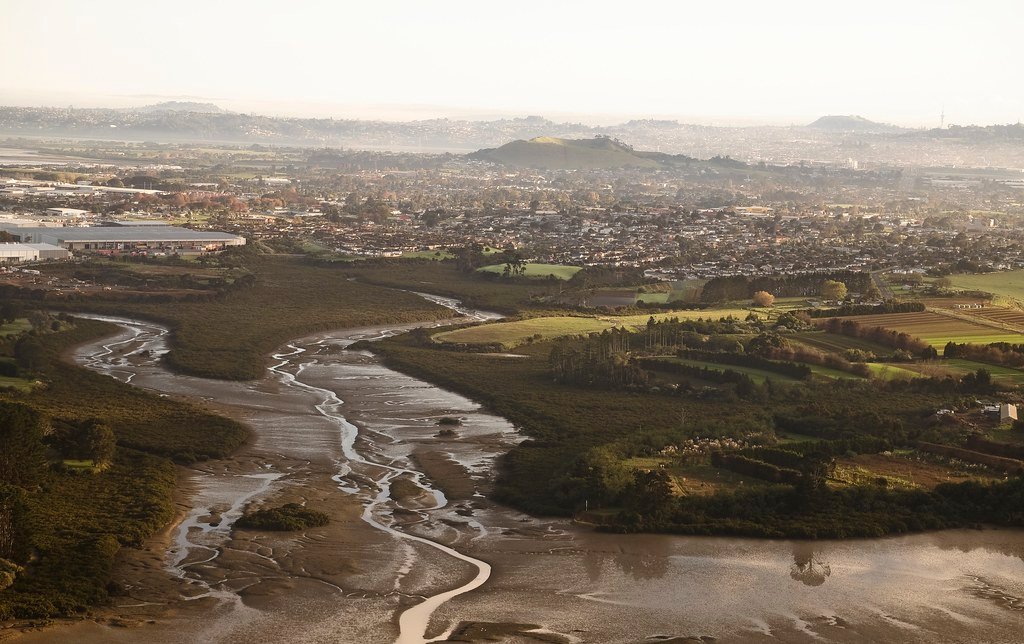
Scientists closely monitor the Auckland Volcanic Field, watching for signs of new activity. Seismic sensors, gas detectors, and satellite imagery all play a role in this high-stakes surveillance. While the volcanoes are currently dormant, the field is not extinct. Experts believe another eruption could happen, though predicting when or where is incredibly difficult. The most likely scenario is that a brand new volcano would appear, rather than an old one reawakening. This uncertainty adds a sense of awe—and a little unease—to city life.
Earthquakes and Volcanic Risks
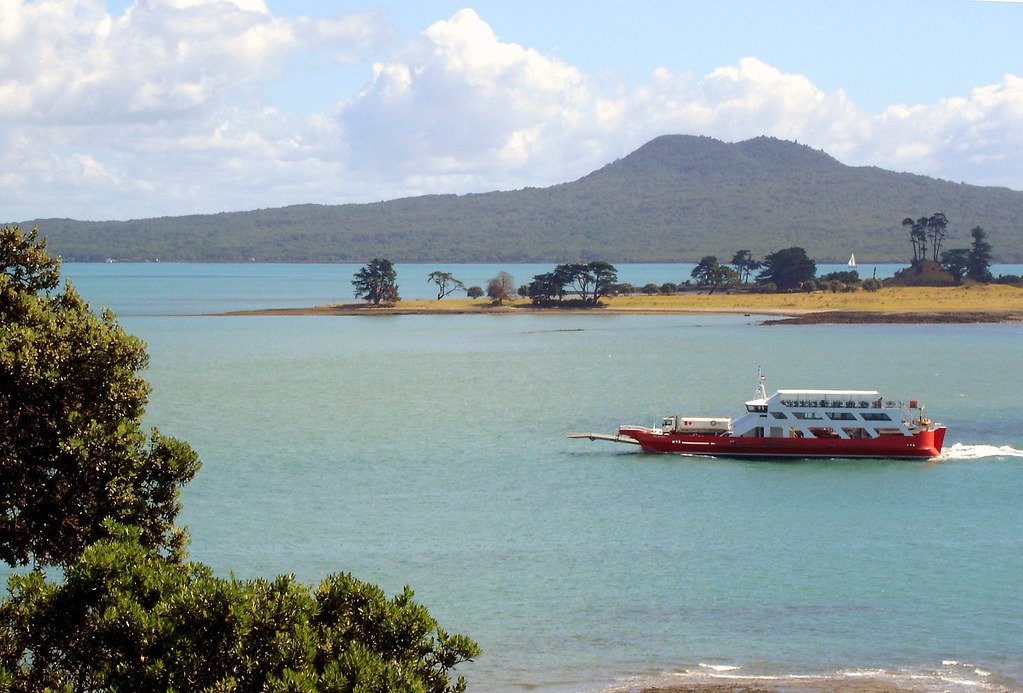
Though Auckland isn’t known for major earthquakes, the volcanic field brings its own set of risks. An eruption could cause ash falls, lava flows, and even tsunamis if it occurs underwater. Emergency planners run regular drills, preparing for the day when the city’s sleeping giants might stir. Schools, hospitals, and businesses all have contingency plans. While the odds of an eruption in any given year are low, the possibility is never zero—a reminder to respect the restless earth.
Biodiversity on Volcanic Cones
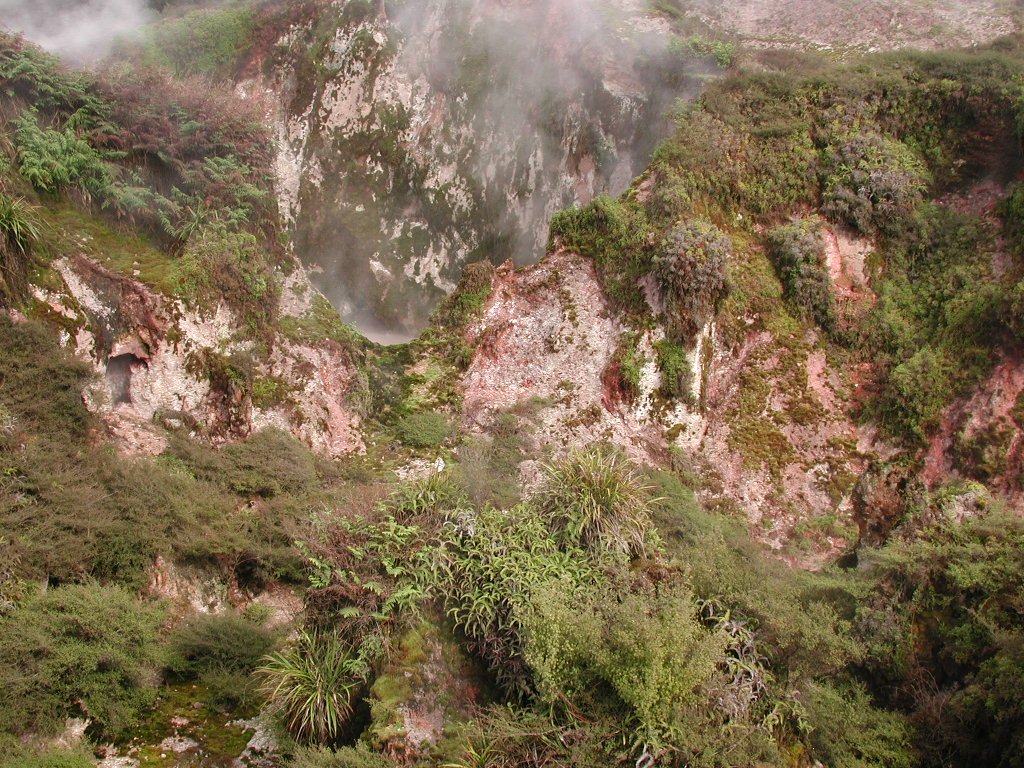
Auckland’s volcanoes are more than geological features—they’re hotspots of biodiversity. The rich, free-draining soils support rare native plants, while the grassy slopes provide habitat for birds and insects. Rangitoto, in particular, is a botanical wonderland, home to the largest pōhutukawa forest in the world. Conservation efforts focus on removing invasive weeds and restoring native bush. Walking a volcanic cone, you’re surrounded by life that’s adapted to thrive in this unique environment.
Urban Parks and Green Spaces
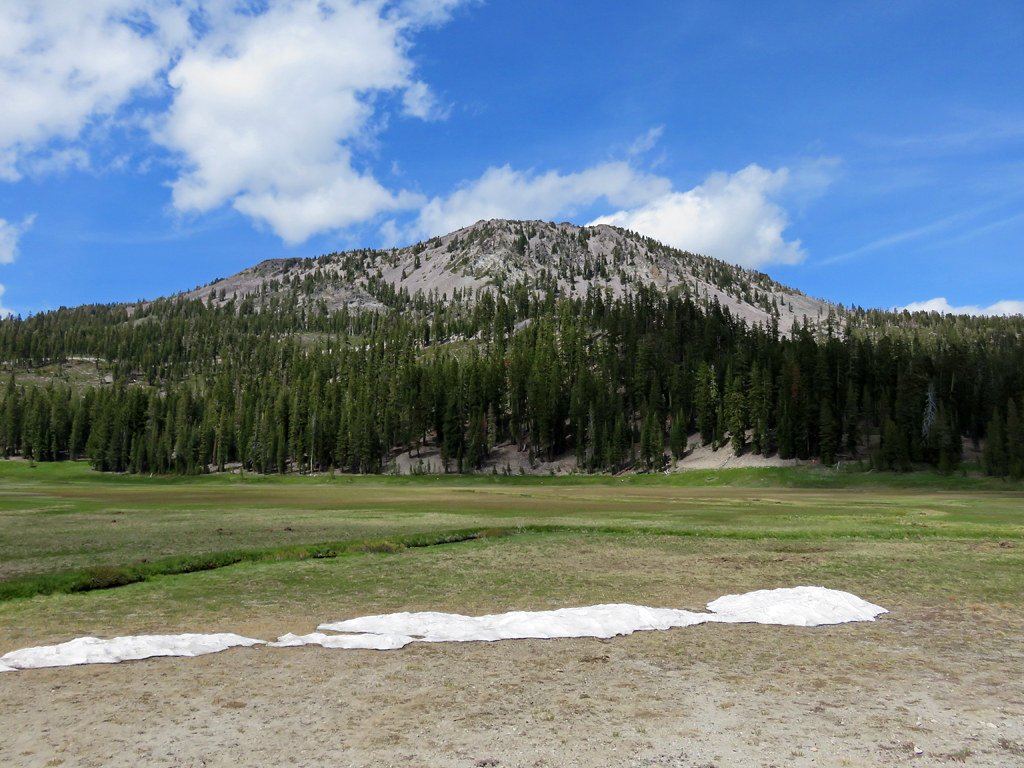
Many of Auckland’s volcanic cones have been preserved as public parks, offering green oases in the heart of the city. Maungawhau, Maungakiekie, and others are popular for picnics, walks, and panoramic views. These parks protect the cones from development, allowing people to connect with nature and history. The open spaces are a legacy for future generations—a gift from the city’s volcanic heart.
Geological Education and Tourism
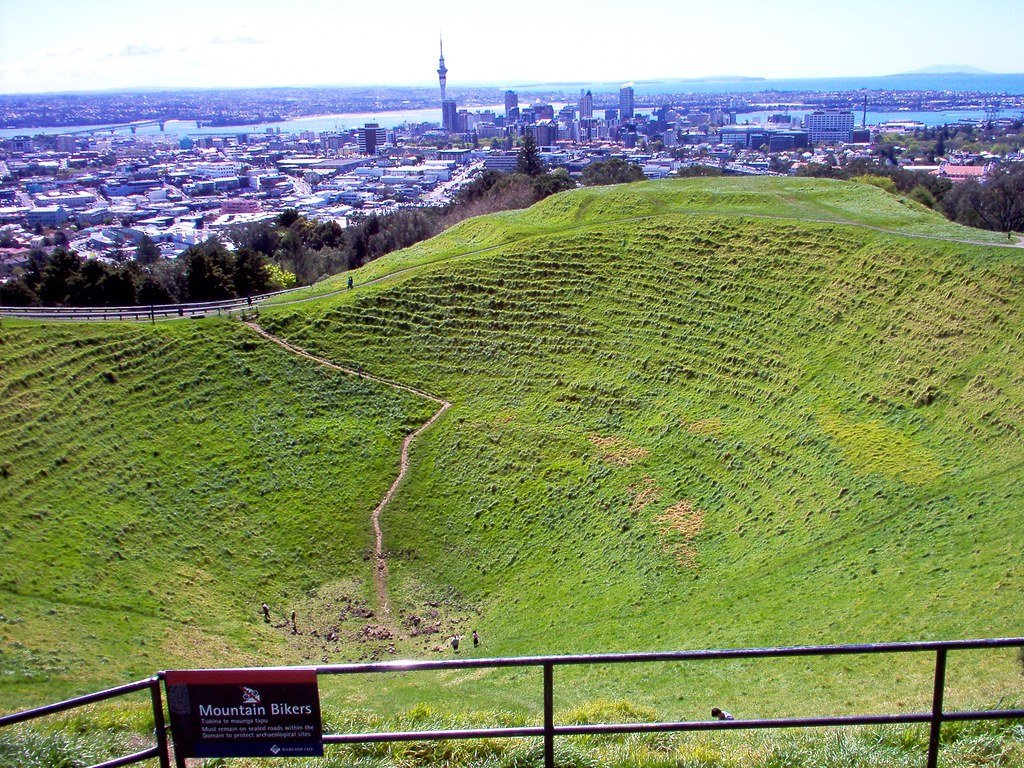
Auckland’s volcanoes are a magnet for science enthusiasts, students, and tourists. Guided walks, museum exhibits, and educational programs bring the volcanic story to life. Climbing a cone or exploring a lava cave is a hands-on lesson in earth science. The city’s unique geology draws visitors from around the world, eager to experience a landscape shaped by fire. For many, it’s a chance to feel the power of the planet in their own backyard.
Volcanoes in Art and Culture
Auckland’s volcanic heritage inspires artists, writers, and musicians. Paintings capture the shifting light on crater slopes, while poems evoke the mystery of sleeping giants. Sculptures and installations use volcanic rock as a medium, blending natural history with creative expression. The cones appear in films, songs, and stories—a constant presence in the cultural imagination. The volcanoes are more than scenery; they’re muses for generations of creators.
Modern Living on Ancient Ground
For Aucklanders, life atop ancient volcanoes is both ordinary and extraordinary. Suburbs sprawl across old lava flows, playgrounds fill extinct craters, and city streets trace the outlines of eruptions long past. Most days, people don’t think about the giants beneath their feet. But every now and then—a tremor, a new scientific discovery, a fiery sunset over a volcanic cone—reminds them of the powerful forces that shaped their home. Living in Auckland is like living on the back of a sleeping dragon: thrilling, beautiful, and just a little bit wild.
The Future of Auckland’s Volcanic Landscape
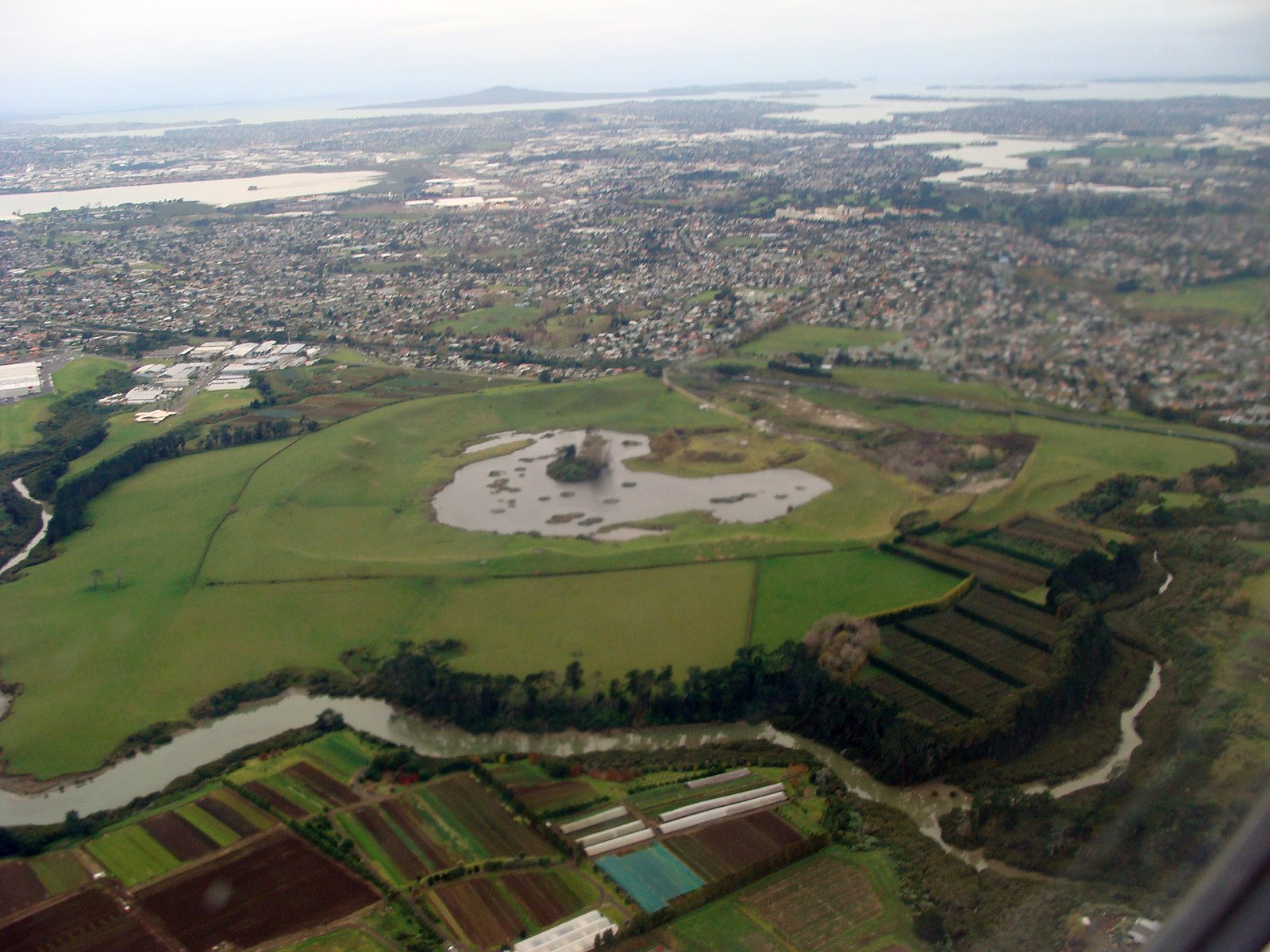
As Auckland grows, the challenge is to protect its unique volcanic heritage while accommodating new development. Urban planners work to balance housing, infrastructure, and green space, ensuring the cones remain visible and accessible. There are ongoing debates about how best to preserve the city’s volcanic identity in a rapidly changing world. The sleeping giants remind everyone that nature is the ultimate architect, and that the future is always, in some way, shaped by the past.
Reflections from the Edge of Fire
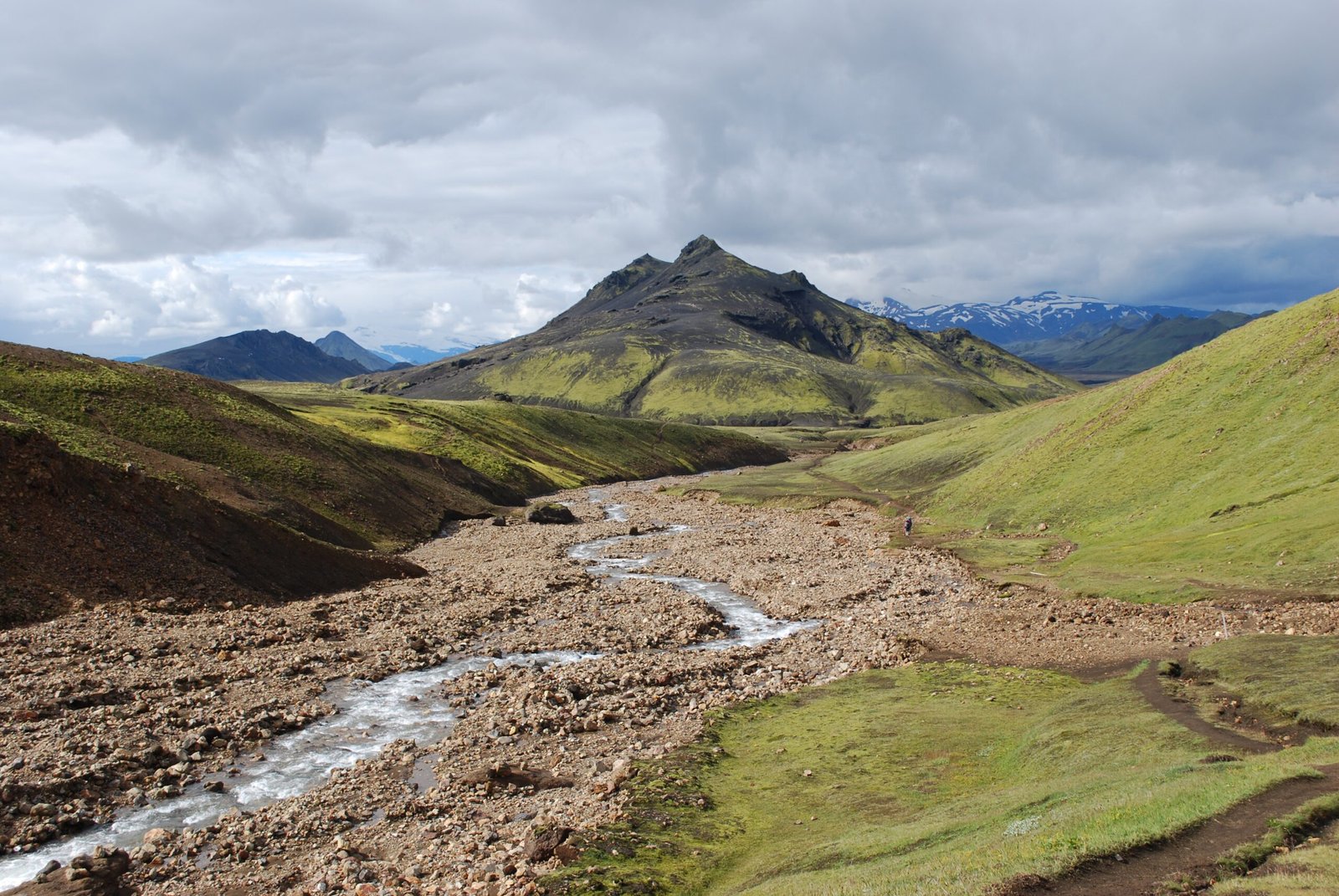
Standing atop a volcanic cone at sunset, it’s easy to feel small—and strangely connected to something vast and timeless. The city sprawls below, vibrant and alive, while the ancient land waits in silence. Auckland’s volcanic heart beats quietly, a testament to resilience and renewal. For those who call this place home, and for those who simply pass through, the sleeping giants offer a reminder: beneath every city, beneath every life, there are stories waiting to erupt into the light.

